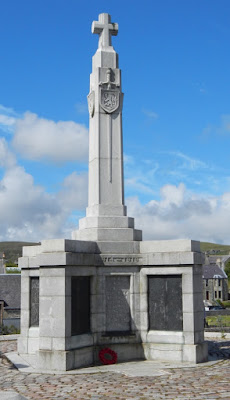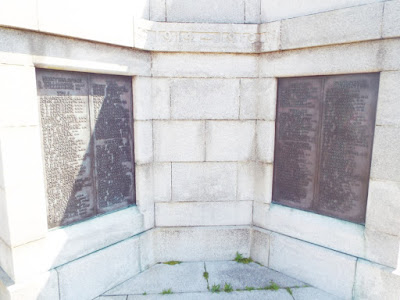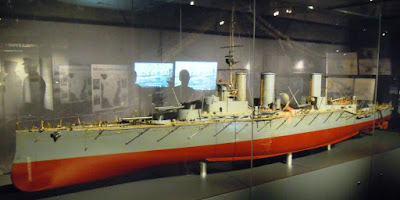Now that I have the bit between my teeth, I am determined to renovate, varnish, and base some more of my Napoleonic figures. The choice has fallen on my Dutch-Belgians, and they are currently on my work table awaiting my attention.
I have enough 'new' figures to add two more units (i.e. regiments) to my existing Dutch-Belgian army, and once they are added it will boast enough figures to form a purely Infantry Division (i.e. no Cavalry or Artillery at present) and a spare Infantry Regiment.
The figures are all wearing white trousers and Belgic shakos, and from a distance (quite a distance!) will pass muster as US Infantry for the War of 1812 ... which makes them useful if I ever want to re-fight any of the battles from that war.
To keep me 'in the mood' for all things Napoleonic, I have just finished reading C S Forester's THE GUN ..
... and have just begun DEATH TO THE FRENCH.
I've read both books before, but as I enjoy Forester's writing, it has been a very enjoyable experience to re-visit them.
I have enough 'new' figures to add two more units (i.e. regiments) to my existing Dutch-Belgian army, and once they are added it will boast enough figures to form a purely Infantry Division (i.e. no Cavalry or Artillery at present) and a spare Infantry Regiment.
The figures are all wearing white trousers and Belgic shakos, and from a distance (quite a distance!) will pass muster as US Infantry for the War of 1812 ... which makes them useful if I ever want to re-fight any of the battles from that war.
To keep me 'in the mood' for all things Napoleonic, I have just finished reading C S Forester's THE GUN ..
... and have just begun DEATH TO THE FRENCH.
I've read both books before, but as I enjoy Forester's writing, it has been a very enjoyable experience to re-visit them.


















































































.JPG)

















